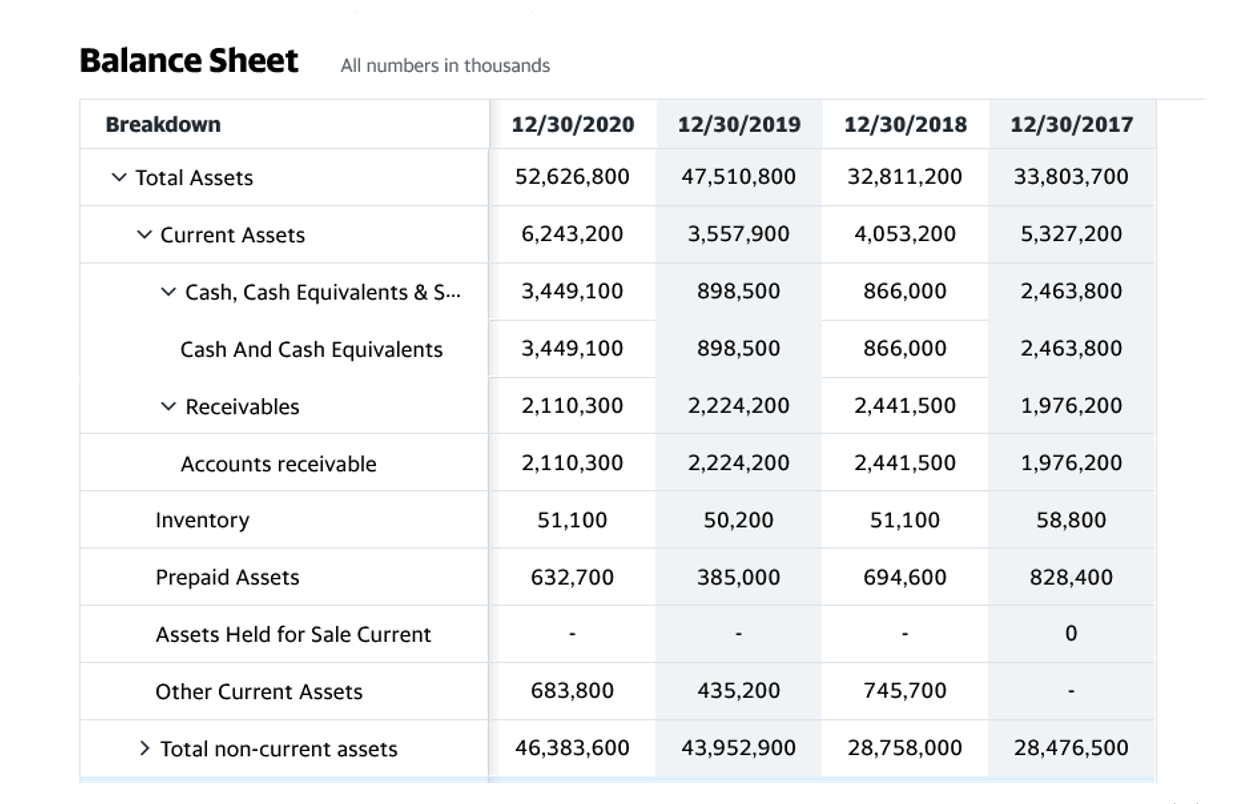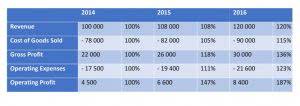
We want to separate out what he has put into the business from what he took out of the business for several reasons (for example, taxes). There is a basic overview of equity accounts and how their interact with the overall equity of the company. Dividends – Dividends are distributions of company profits to shareholders.
Potential drawbacks of HELOCs
Both mortgages use your home as collateral, so if you fail to make payments, you risk foreclosure to pay off your mortgages. Though these loans typically have higher interest rates compared to home equity loans, you don’t have to sacrifice your home equity to get the loan funds. The application process for personal loans is often faster as well, meaning you can get your cash more quickly. With a cash-out refinance, you’ll replace your current mortgage with a new, larger one. The new loan pays off your existing mortgage, and you receive the remaining amount of the loan in cash.
T-Account: Definition, Example, Recording, and Benefits
- In such a case, investments are accounted for using the cost method.
- This means the rate you pay could change periodically, causing your monthly payment to go up or down.
- APIC is an important indicator of investor confidence and the company’s ability to raise capital.
- Before you apply for a home equity loan, you’ll want to determine how much equity you have in your home.
- Through Wealth Plan, you can connect with an advisor to help you create a plan, adjust your financial strategy, and track your progress.
The equity method is an accounting technique used by a company to record the profits earned through its investment in another company. You should use the equity accounting method if the reporting entity has a significant, but not controlling, interest in another company. In practice, this means an ownership stake of 20-50% in the other company. If the reporting company has a controlling interest (51% or greater) it is reported as a consolidated subsidiary. For smaller ownership stakes, the investment is reported according to the fair value method.
Comprehensive Guide to Inventory Accounting
- T-accounts are a quick and easy way to represent business transactions in your general ledger and journals.
- Both mortgages use your home as collateral, so if you fail to make payments, you risk foreclosure to pay off your mortgages.
- When a company holds approximately 20% or more of a company’s stock, it is considered to have significant influence.
- After almost a decade of experience in public accounting, he created MyAccountingCourse.com to help people learn accounting & finance, pass the CPA exam, and start their career.
Morgan Securities LLC (JPMS), a registered broker-dealer and investment adviser, member FINRA and SIPC. Insurance products are made available through Chase Insurance Agency, Inc. (CIA), a licensed insurance agency, doing business as Chase Insurance Agency Services, Inc. in Florida. Certain custody and other services are provided by JPMorgan Chase Bank, N.A. JPMS, CIA and JPMCB are affiliated companies under the common control of JPMorgan Chase & Co. Morgan Securities LLC (JPMS), a registered broker-dealer and investment adviser, member FINRA and SIPC.

How is a T-Account Used in Accounting?

Determined that the cost of supplies on hand was $1,250; therefore, the cost of supplies used was $2,050. Received cash from fees earned for managing rental property, $18,300. Book value and market value are terms that investment bankers and financial analysts use to evaluate companies. The content in this article is meant to be used as a general accounting guideline. As always, please consult with a professional accountant to ensure that your bookkeeping adheres to standard accounting practices. If that’s not the case, make sure to double-check your books as you’ve probably made an accounting error along the way.


Recording debits and credits is all about tracking the flow of money, so there is always a source account (where the money comes from) and a destination account (where the money ends up). Failing to record a debit’s corresponding credit will disrupt your bookkeeping and, potentially, equity t account your bank balance later on. Tracking down mistakes can be a major headache; save yourself the hassle by remembering to always pair one with the other when recording transactions. A very simple general ledger entry to look at as a T-account example is the sale of goods.
- For example, Supplies and Supplies Expense are two different accounts.
- Not only is the process tedious and time-consuming, but it requires a lot of accounting knowledge to be done perfectly and completely free of error.
- This could result in you paying interest on more money than you actually need.
- All revenue, expenses, assets, and liabilities of the subsidiary would be included in the parent company’s financial statements.
- Tracking down mistakes can be a major headache; save yourself the hassle by remembering to always pair one with the other when recording transactions.
